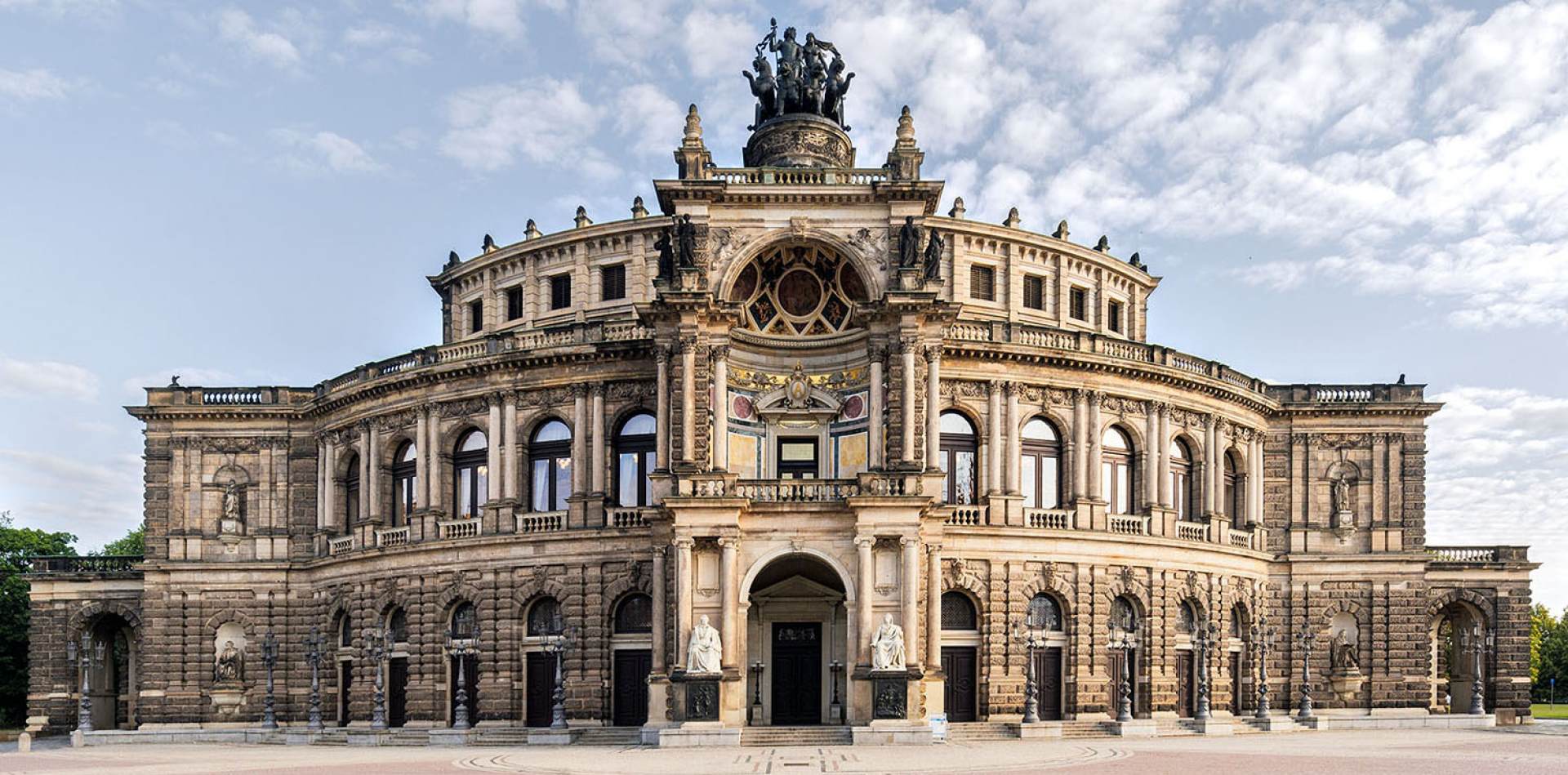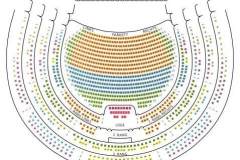Intermezzo
Mo | Tu | We | Th | Fr | Sa | Su |
Intermezzo - Richard Strauss
A comedy with symphonic interludes in two acts
Libretto by the composer
Performed in German with German and English supertitles
Premiere: November 1, 2024
First performed in Dresden in 1924, Richard Strauss’s Intermezzo provides all manner of insights into his turbulent married life.
Synopsis
Setting: Vienna and Grundlsee during a 1920s winter
The composer Storch is leaving for a conducting tour, and his wife Christine helps him pack, arguing and nagging along the way. Seeking relief from loneliness she goes tobogganing and collides with a skier, a young Baron who befriends her. They dance together at a ball and she arranges for him to lodge in the house of her notary. The friendship is soured when the Baron asks Christine for financial assistance. She opens a letter, supposedly for her husband, from a lady arranging an assignation. She immediately telegrams Storch demanding they part for ever. In tears, she seeks solace in her son's bedroom but he defends his father.
Storch is playing skat with friends in Vienna when the telegram arrives, and is bewildered by the accusations. Stroh, a conductor friend, admits that he knows the lady and surmises that his and Storch's surnames must have been confused. Christine visits the notary to demand a divorce, but he is unwilling to pursue the matter. She sends the Baron to Vienna to gather evidence of infidelity. Packing to leave, she receives a telegram from her husband saying that Stroh will explain the misunderstanding. Even after Stroh's visit she is reluctant to accept the truth. Storch returns home, and an argument ensues. The Baron arrives with evidence that Stroh rather than Storch had indeed known the lady and Christine dismisses him, assured that her husband is blameless. Storch forgives her anger and teases her about her dalliance with the Baron. Husband and wife declare a renewed love.
Program and cast
Christine: Maria Bengtsson
Court Conductor Robert Storch: Christoph Pohl
Anna: Ute Selbig
Baron Lummer: James Ley
The Notary: Bernhard Hansky
The Notary’s Wife: Sabine Brohm
A Conductor: Jürgen Müller
A Commercial Councillor: Anton Beliaev
A Legal Councillor: Martin-Jan Nijhof
An Opera Singer: Tilmann Rönnebeck
Resi: Sofia Savenko
Pauline: Katharina Pittelkow
Richard: Erik Brünner
Musical Direction: Patrick Hahn
Staging: Axel Ranisch
Set Design: Saskia Wunsch
Costumes: Alfred Mayerhofer
Lighting: Fabio Antoci
Video: Falko Herold
Choreography: Michael Tucker
Dramaturgy: Jörg Rieker
Saxon State Orchestra Dresden
Semperoper Dresden
The Semperoper is the opera house of the Sächsische Staatsoper Dresden (Saxon State Opera) and the concert hall of the Sächsische Staatskapelle Dresden (Saxon State Orchestra). It is also home to the Semperoper ballet. The building is located near the Elbe River in the historic centre of Dresden, Germany.
The opera house was originally built by the architect Gottfried Semper in 1841. After a devastating fire in 1869, the opera house was rebuilt, partly again by Semper, and completed in 1878. The opera house has a long history of premieres, including major works by Richard Wagner and Richard Strauss.
The first opera house at the location of today's Semperoper was built by the architect Gottfried Semper. It opened on 13 April 1841 with an opera by Carl Maria von Weber. The building style itself is debated among many, as it has features that appear in three styles; Early Renaissance and Baroque, with Corinthian style pillars typical of Greek classical revival. Perhaps the most suitable label for this style would be eclecticism, where influences from many styles are used, a practice most common during this period. Nevertheless, the opera building, Semper's first, is regarded as one of the most beautiful European opera houses.

 EN
EN DE
DE IT
IT FR
FR ES
ES RU
RU JP
JP RO
RO
 Seating plan
Seating plan 